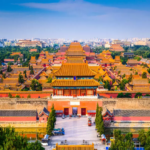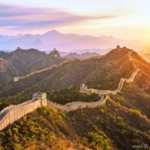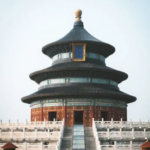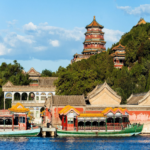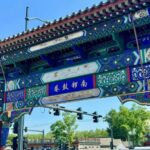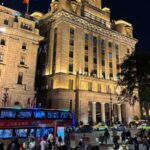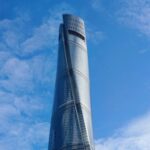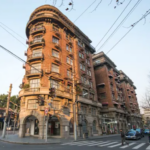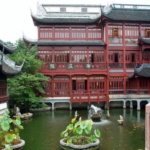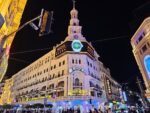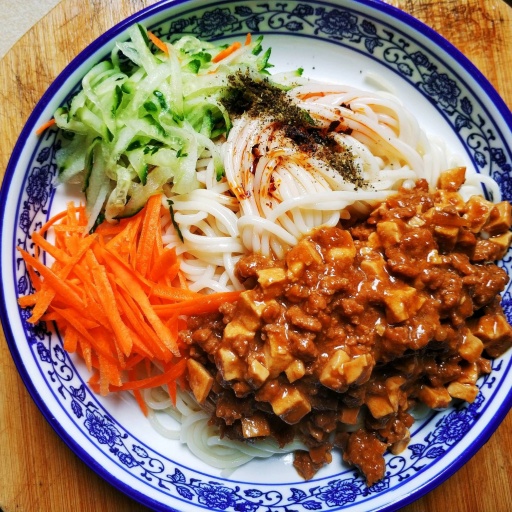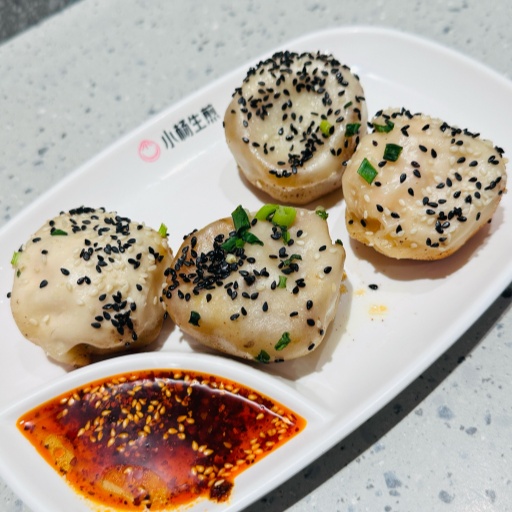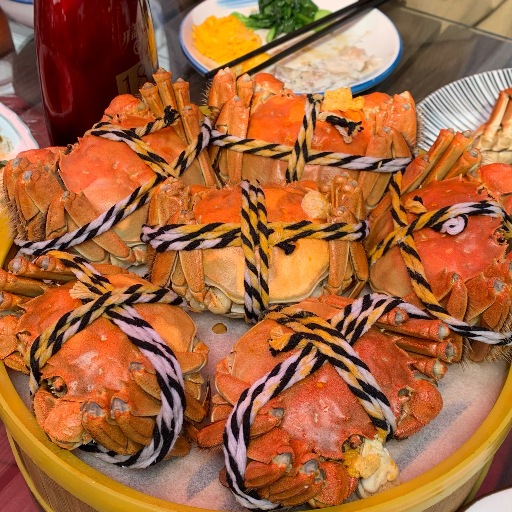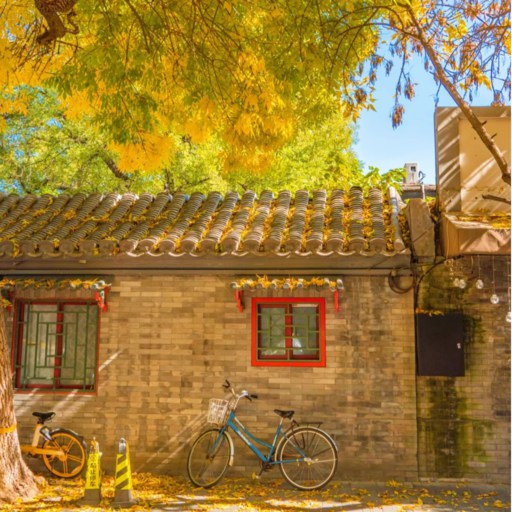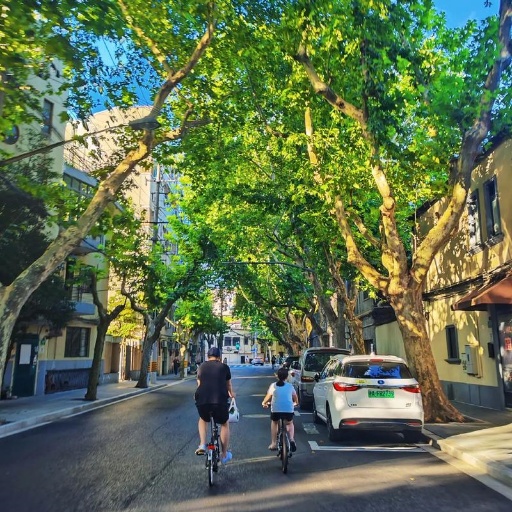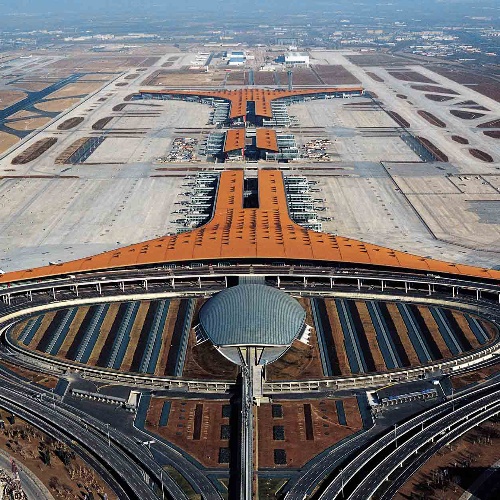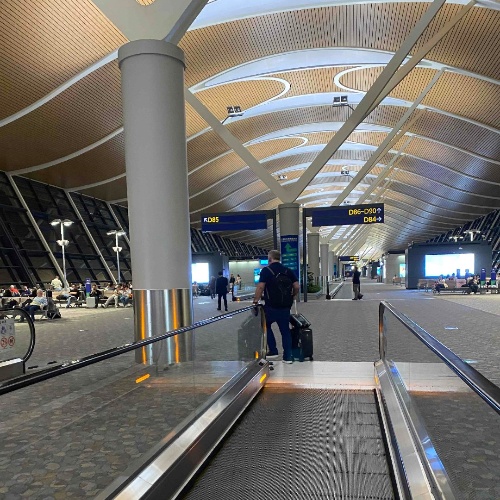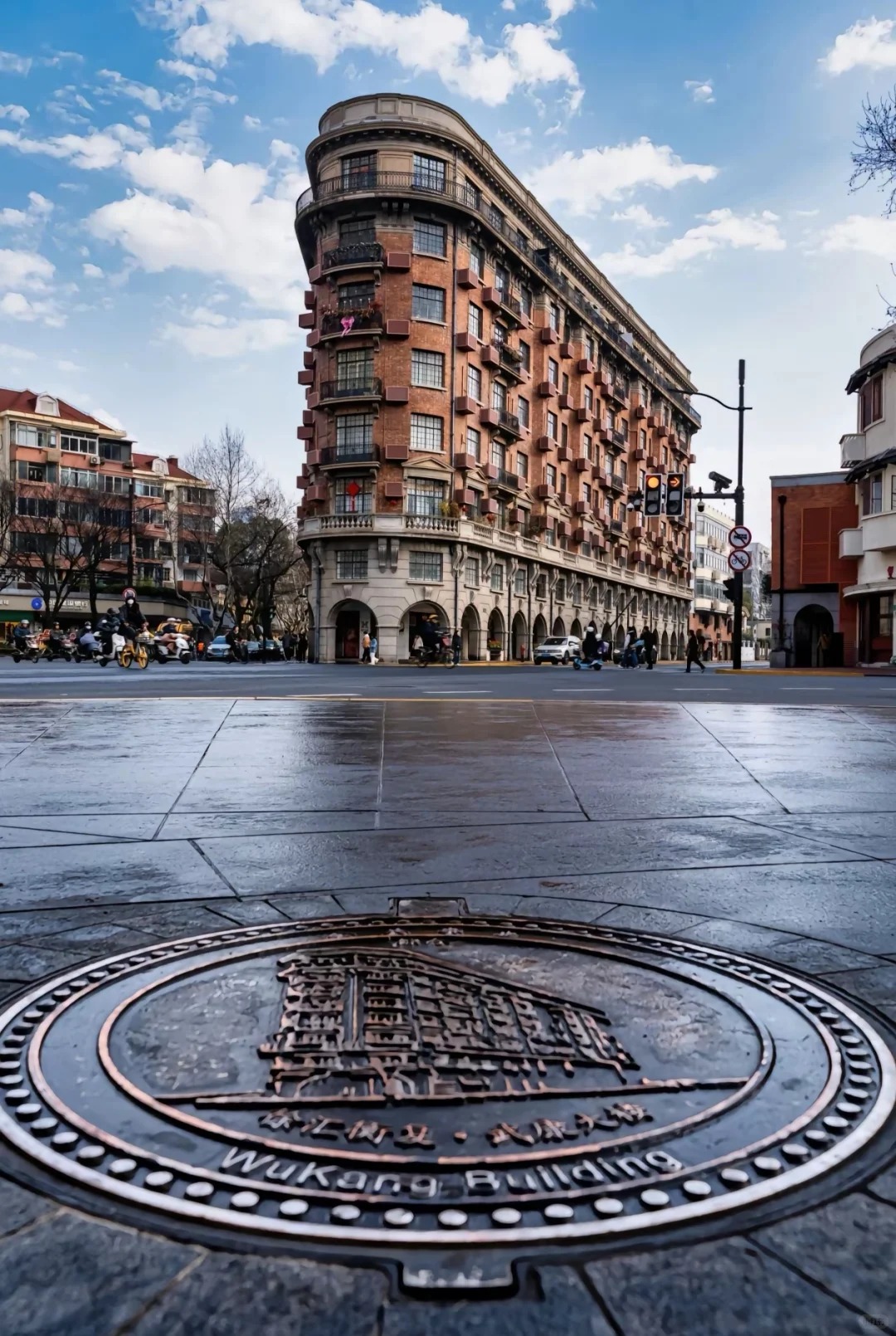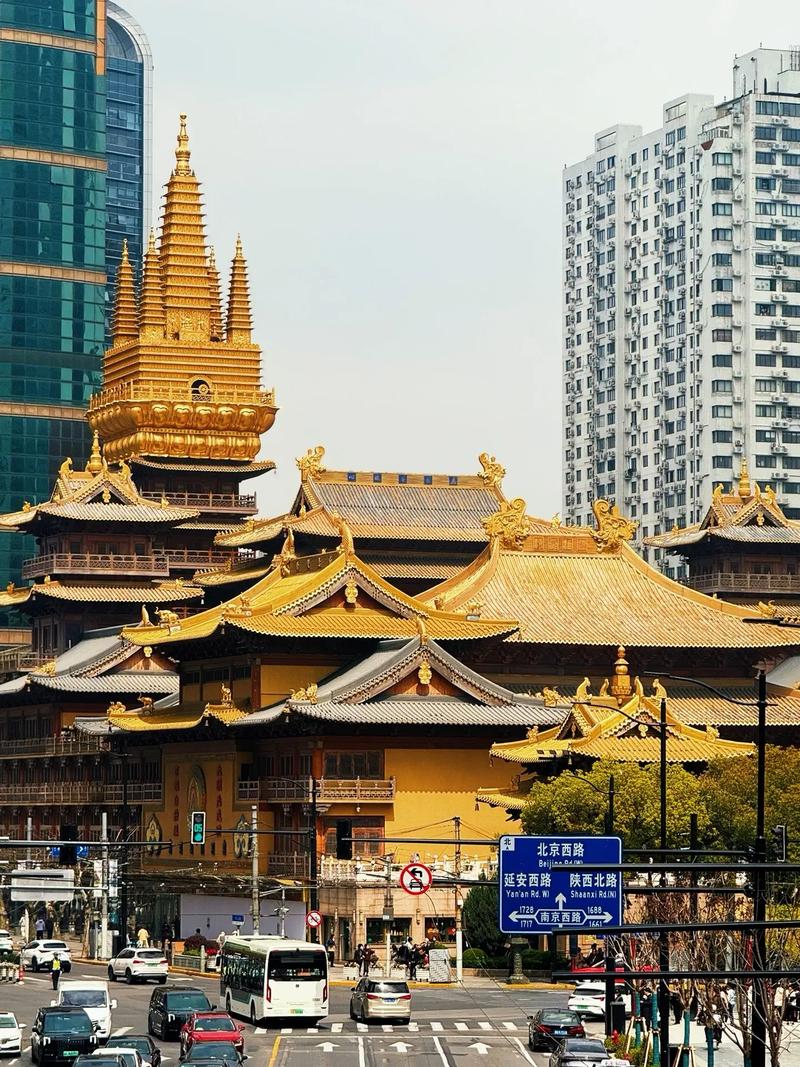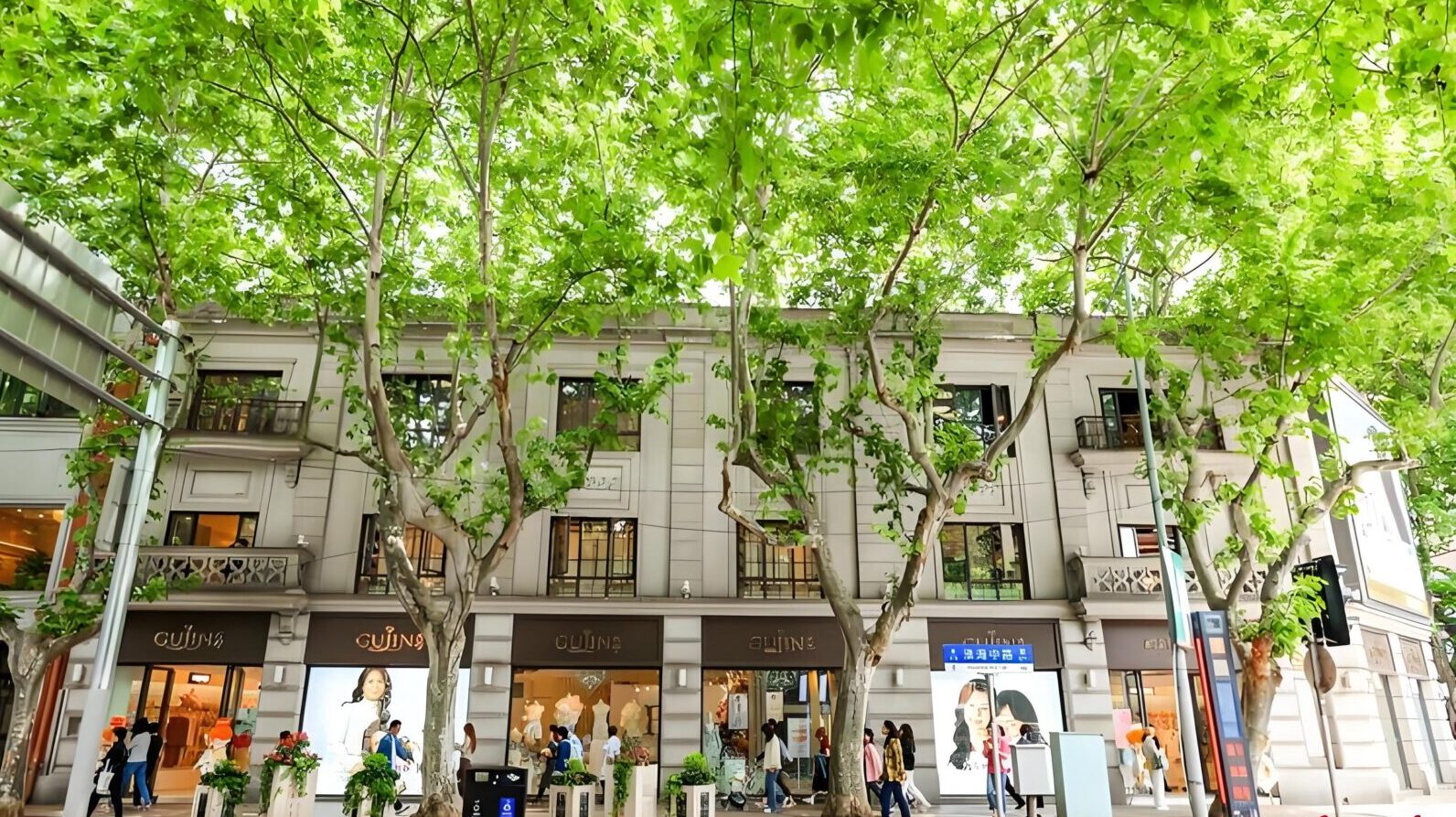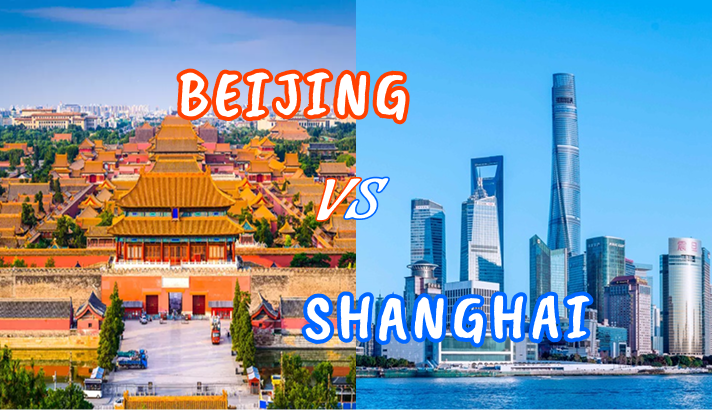
Beijing vs Shanghai
Doing Shanghai vs Beijing travel research for your China trip and can’t pick? Let’s cut to the chase—these two cities are total opposites. Beijing’s like a walking history book: the Great Wall winds over mountains, the Forbidden City’s red walls and golden roofs scream imperial glory, every corner feels like it’s got a centuries-old story. Shanghai? It’s all about the future—skyscrapers that touch the clouds, plus those cozy French Concession lanes that mix old-world charm with new energy. It’s a city that never stops changing.
The key to picking the right one? Forget trying to “do it all”—ask yourself what you really want out of this trip. Love history? Dream of hiking the Great Wall or wandering ancient palaces? Beijing’s your guy—it’s made for anyone who wants to dive deep into China’s past. Prefer sleek views, easy family trips, global food, or shopping till you drop? Shanghai’s tailor-made for you. This guide will break down the stuff that matters most (attractions, food, getting around) so you can stop overthinking and pick the city that fits your vibe.
Quick Info: Shanghai vs Beijing Travel Highlights
| Category | Beijing 🏯 | Shanghai 🌆 |
|---|---|---|
| Vibe | Imperial legacy, dynastic grandeur, cultural depth | Cosmopolitan, futuristic skyline, global energy |
| Architecture Style | Ancient palaces, temples, courtyards, hutongs | Skyscrapers, Art Deco, colonial villas, riverside lights |
| Food Highlights | 🦆 Peking Duck, Zhajiangmian, lamb skewers, jianbing, sugar hawthorns | 🥟 Xiao Long Bao, Shengjianbao, Hairy Crab, soy milk & rice rolls, fusion cafes |
| Best For | History lovers, culture seekers, traditional art fans | Modern travelers, foodies, photographers, shopaholics |
| Transport | Massive metro network, long distances, Didi & taxis, bike-friendly hutongs | Super-efficient metro, Maglev train, walkable core, seamless payment with Alipay/WeChat |
Landmarks That Reveal Each City’s Character — Ancient Glory vs Modern Vision
Beijing: Where Every Stone Has a Story (Sometimes Literally)
The Forbidden City – Beijing’s grand imperial palace, once home to emperors and ancient rituals. It’s a huge complex of red walls, golden roofs, and intricate dragon carvings that showcase China’s royal craftsmanship. Tickets cost ¥60 (Apr–Oct) and ¥40 (Nov–Mar); reserve ahead on Ctrip. Need more info before stepping into China’s imperial past? Visit Exploring the Forbidden City: The Palace Museum in Beijing for detailed tips. It’s best to go early morning when the crowds are smaller and the light is perfect for photos.
The Great Wall at Mutianyu – A quieter and more scenic stretch of the Wall about 90 minutes from Beijing. It winds through green mountains and offers broad views without the crowds. Dreaming of walking along the Great Wall? Read Ultimate Guide to Great Wall of China Tours from Beijing – 2025 to plan your perfect route. You can take the ¥140 round-trip cable car if hiking feels too much. The best views are near Tower 14, where you can see the wall curve endlessly over the hills.
Temple of Heaven Park – A peaceful green space where locals gather for morning tai chi and music. The Hall of Prayer for Good Harvests, with its blue-tiled roof, is the highlight. Entrance costs ¥15, or ¥35 total for full access. Visit just after sunrise to watch the park come alive with locals dancing and singing. Ready to explore one of Beijing’s most iconic landmarks? Browse Temple of Heaven in Beijing: Explore the Imperial Sacrificial Altar for everything you need to know.
Summer Palace – A stunning lakeside retreat filled with pavilions, bridges, and lotus-covered waters. The palace once served as a royal getaway during hot summers. Entrance is ¥40, and you can rent a boat to glide across Kunming Lake.
Hutong Alleys (Nanluoguxiang) – Narrow lanes lined with old courtyard homes, boutique cafes, and craft shops. It’s a perfect mix of old Beijing life and modern vibes. Walking through at sunset feels like stepping into living history.
Together, these Beijing landmarks show the city’s depth—where every wall, step, and sound echoes centuries of history and a rhythm that feels deeply human.
Shanghai: The City That Never Stopped Reinventing Itself
The Bund – Shanghai’s most iconic waterfront, where the skyline of Pudong faces elegant colonial buildings from the 1930s. It’s free to stroll and glows with neon after dark, drawing street performers and photo-taking crowds. Visit around sunset for the best light and cooler air. It’s also a great place to feel Shanghai’s contrast between old charm and new energy. Curious what connects the Bund and Pudong beneath the river? Find out in Bund Sightseeing Tunnel Shanghai: A Unique Experience.
Shanghai Tower – The tallest building in China with a dizzying 118th-floor observation deck. Tickets cost ¥180, and the elevator ride takes under a minute. Go on a clear day for a panoramic city view that reaches the coast, or at night for shimmering city lights. The observation deck café serves decent coffee with one of the world’s highest views. Think Shanghai Tower defines the city? Check out more icons in Top 10 Tourist Attractions in Shanghai: Must-Visit Places for 2025.
The French Concession – A leafy, European-style neighborhood filled with cafés, boutiques, and old villas. It feels calm and creative, offering a break from downtown’s fast pace. Take a slow walk here in the afternoon—you’ll find hidden coffee spots and art shops that make you linger longer. The area’s shady streets are perfect for quiet moments away from the city noise.
Yu Garden – A classic Chinese garden filled with pavilions, bridges, and koi ponds. Built in the Ming Dynasty, it shows traditional architecture and calm among busy streets. Entrance is ¥30, and morning visits are the most peaceful.
Nanjing Road – Shanghai’s famous shopping street stretching from the Bund to Jing’an Temple. It’s lined with department stores, neon lights, and snack stalls. The energy here after dark feels like the city’s pulse beating fast.
Together, these Shanghai landmarks reveal a city of contrasts—where futuristic towers rise beside nostalgic lanes, and you can feel both ambition and artistry in the same skyline.
With Just 3 Days — What Perfect Itinerary Each City Offers?
3 Days in Beijing: The 'I Don't Want to Miss Anything' Route
Beijing’s 3-day itinerary moves from grand history to quiet charm. Start at Tiananmen Square and walk through the Forbidden City before catching the sunset from Jingshan Park. Then spend a day hiking the Great Wall at Mutianyu—less crowded, steep, and rewarding. End with a day of cultural rhythm: morning tai chi at the Temple of Heaven, then biking through the hutongs near Gulou and Nanluoguxiang, where dumplings, chess games, and lakefront dinners at Houhai capture the real pulse of the city.
3 Days in Shanghai: The 'Modern Meets Traditional' Experience
Shanghai’s 3-day route blends skyscrapers, old lanes, and riverside charm. Start with a morning walk along the Bund before crossing to Pudong for Shanghai Tower views and a calm afternoon in Yu Garden’s koi ponds and pavilions. The next day drifts through the French Concession—tree-lined Wukang and Anfu Roads, stylish cafes, and lively Tianzifang lanes—ending with dinner on Yongkang Road. Finish with Nanjing Road shopping or a quiet boat ride in Zhujiajiao, where bridges and steamed rice snacks add a touch of old Shanghai.
What to Eat Where — Beijing for Hearty Classics, Shanghai for Refined Bites
Beijing’s Comfort Food Kingdom — Peking Duck & Zhajiangmian
- Where Can I Taste Authentic Peking Duck
- Beijing Traditional Dishes Zhajiangmian
Beijing tastes like roasted perfection. The Peking duck at Siji Minfu (¥198) melts under crispy skin, and local noodle shops serve zhajiangmian that comfort the soul. Street food is hearty — lamb skewers, sugar-coated hawthorns, jianbing at 7 a.m. It’s a city that eats with history in every bite. Zhajiangmian and roast duck aren’t enough for your taste buds? Read Top Local Delicacies to Try During Food Tours in Beijing China to discover what true Beijingers love to eat.
Shanghai’s Delicate Sophistication — Xiao Long Bao & Hairy Crab
- Delicious Shengjian Bao from Yang’s Dumplings
- Hairy Crab
Shanghai’s palate is lighter, almost playful. The xiaolongbao debate never ends — Nanxiang for tradition, Din Tai Fung for comfort. Try shengjianbao, fried buns with juicy filling; they’re ¥5–8 each. During hairy crab season (Sept–Nov), locals queue for hours. Breakfast here isn’t cereal — it’s soy milk, sticky rice rolls, and morning chatter. Hungry for more than xiaolongbao? Visit Shanghai Food Blog: A Guide to Eating Like a Local and find out what locals really eat.
Which City for Food Obsessives — Street Eats & Family Favorites
If you crave bold, meaty flavors, Beijing satisfies deeper. But if you love balance and texture, Shanghai wins. For families, both cities offer comfort — just carry tissues and hand sanitizer for street eats. I still dream about that duck skin crackle, though.
Season Showdown — When’s the Perfect Time to Visit?
- Autumn Scene of Beijing Hutong
- Summer of Shanghai
The Season-by-Season Breakdown
Both Shanghai and Beijing experience the full range of seasons — but they feel completely different depending on where you stand. Here’s a quick, honest look at how each city behaves through the year:
| Season | Beijing | Shanghai | Travel Tip |
|---|---|---|---|
| Spring (Mar–May) | Dry air, occasional sandstorms, cooler mornings | Mild temps, frequent plum rains, greener parks | Bring masks in Beijing; umbrellas in Shanghai |
| Summer (Jun–Aug) | Hot and dry, dusty winds | Hot and humid, sticky afternoons | Carry water and sunscreen in both cities |
| Autumn (Sep–Oct) | Crisp air, red leaves, clear skies | Pleasant weather, golden tree-lined streets | Best season overall — avoid Golden Week (Oct 1–7) |
| Winter (Nov–Feb) | Cold, sometimes smoggy but bright skies | Damp cold, limited indoor heating | Pack layers; check AQI app daily in Beijing |
What the Travel Guides Don't Mention
Few guides tell you how important a pollution app is in Beijing — locals check it daily like weather forecasts. Shanghai, meanwhile, gets “yellow rain,” when dust and pollen mix with moisture, leaving specks on cars and coats. Also, skip travel during public holidays, especially Golden Week and Chinese New Year — prices rise, and crowds double.
People say no season captures Beijing’s soul like autumn — dive into Beijing Autumn 2025 and find your perfect visiting time.
Smart Stay Showdown — Which City Offers Better Value for Money?
Daily Cost Comparison by Travel Style
| City | Backpacker (Daily Avg) | Mid-Range (Daily Avg) | Luxury (Daily Avg) | Notes |
| Beijing | ¥400–550 – Hostels from ¥120/night, meals ¥40–60 | ¥800–1,200 – 3★ hotels ¥500–700, meals ¥120–200 | ¥2,000+ – Heritage hotels, private tours | Great for history lovers; attractions can add up |
| Shanghai | ¥500–650 – Hostels from ¥150/night, meals ¥50–70 | ¥900–1,300 – 3★ hotels ¥600–800, meals ¥150–250 | ¥2,200+ – River-view suites, rooftop dining | Ideal for families; pricier for cafés and nightlife |
Where You'll Spend More Than Expected
Beijing: Attraction entrance fees add up quickly — Forbidden City, Temple of Heaven, and Summer Palace each cost around ¥40–60. Taxis during rush hour can also spike costs.
Shanghai: The “coffee trap” is real — cafés and dessert bars run ¥40–80 per cup, and western dining adds up fast. Public transport is cheap, but Uber-style Didi rides surge in the evening.
Bonus Tip: Plan for small but frequent transit and snack expenses; both cities tempt you to spend without noticing.
Getting Around Each City — The Real Difference Between Distance and Convenience
- Beijing Capital International Airport
- Shanghai Pudong Airport
International Arrival Reality — Airports & First Impressions
Flying into Beijing Capital International Airport feels grand but dated; immigration lines can stretch 45 minutes. Shanghai Pudong Airport, meanwhile, feels sleek, though luggage delivery can lag. If you’re traveling with kids, Shanghai wins here — cleaner bathrooms, English signage, and easier transit connections.
Inside Each City — Metro & Transportation
Beijing’s subway is huge and covers nearly everything, but expect long walks between exits. Didi (China’s Uber) works well, though traffic near Chang’an Avenue can be slow. Shanghai’s metro is faster, cleaner, and easier in English. Pro tip: buy a Shanghai Public Transportation Card — it saves time and tantrums.
The High-Speed Train Game-Changer — Travel Time & Scenic Route
The Beijing–Shanghai high-speed train is the smoothest way to experience China’s modern miracle. The trip takes 4.5 hours, costs around ¥560 per person (2nd class), and feels more civilized than flying. You’ll glide past towns, fields, and factories — a cross-section of China in motion. I’ve done it twice, and both times my kids loved the bento lunches onboard.
Shanghai vs Beijing Travel: The Surprises No One Warns You About
Cultural Quirks You'll Notice
Beijing locals speak Mandarin with a strong “er” sound, while Shanghai people often mix Mandarin with Shanghainese. Fashion is sharper in Shanghai—heels and suits even for casual dinners—while Beijing stays more laid-back with sneakers and hoodies. Public toilets can be tricky, so carry tissues and expect some squat toilets or a small ¥1-2 fee; just follow locals’ lead.
Language & Communication
English is easier to find in Shanghai, especially in Pudong and the French Concession, while Beijing has English on metro signs but not in small restaurants. Use Pleco, Google Translate (offline mode), and Didi for taxis. Pointing works fine—just smile, stay patient, and locals will usually get it. Learn a few basics: hello (nǐ hǎo), thank you (xiè xiè), how much (duō shao qián), where is (zài nǎr), and “I don’t eat spicy” (wǒ bù chī là). That last one can really save your tongue from burning—trust me.
Safety & Common Sense
Both cities are super safe, even late at night. Petty theft happens, so don’t flash pricey stuff or leave your bag behind. Watch for common scams like tea houses or “art student” chats near Tiananmen and the Bund; just smile and walk away. Keep embassy info handy—the U.S. Embassy’s near Sanlitun in Beijing, and in Shanghai it’s on Huaihai Road. Save the Chinese address on your phone for quick help if you need it.
Shanghai vs Beijing Travel: FAQs for Curious Travelers
Q: Do you need more days in Shanghai or Beijing?
It really depends on what you’re after. Beijing demands time — at least 3 to 4 days — to wander its massive sites like the Great Wall and the Forbidden City without feeling rushed. Shanghai, meanwhile, is compact and efficient; 2 to 3 days usually covers the essentials. If you travel with kids, Shanghai’s easy navigation can save energy, but if your goal is cultural immersion, Beijing’s slower rhythm pays off.
Q: Is Shanghai worth visiting for tourists?
Absolutely — though maybe not for the reasons you expect. Shanghai is less about historical depth and more about modern urban life. Tourists often love the skyline views from The Bund, the charm of the French Concession, and the food scene that blends global and local flavors. It’s a softer introduction to China — and one that many families find easier to manage.
Q: Which city is cheaper, Shanghai or Beijing?
Beijing wins slightly here. Food and public transport are cheaper, while attractions like the Great Wall or Summer Palace don’t cost as much as Shanghai’s skyscraper observatories. That said, Shanghai hotels can sometimes be more affordable on weekdays. On average, budget travelers spend ¥450–600/day in Beijing vs ¥550–700/day in Shanghai.
Q: What is considered the most beautiful city in China?
It’s subjective, but Shanghai often takes the title for its skyline, while Beijing’s beauty lies in its history and atmosphere. The mix of traditional temples and red walls under a dusty sunset feels poetic. Some travelers even say, “Shanghai is beauty made by design; Beijing is beauty made by time.” Hard to argue with that.
Q: Is Beijing or Shanghai better for shopping?
Shanghai, hands down. From Nanjing Road’s luxury stores to quirky vintage finds in Tianzifang, the city knows how to please shoppers. Beijing’s markets (like Silk Street) are fun for souvenirs but can feel repetitive. For designer shopping and international brands, Shanghai wins easily — plus tax-free counters at major malls help.
Q: Is Beijing or Shanghai more expensive to live in?
They’re neck and neck, but Shanghai tends to be pricier for housing and international schooling. Beijing’s costs rise in the city center but dip in suburban areas. Expat data from 2025 puts Shanghai about 10–15% higher overall, especially in lifestyle expenses like dining and coffee culture.
Q: Which city should you visit first, Shanghai or Beijing?
If it’s your first trip to China, start with Beijing — it’s the gateway to China’s heritage. The transition to Shanghai afterward feels like moving from past to future. Many travelers report that ending in Shanghai makes departure smoother (especially from Pudong Airport). It’s like finishing your trip with an exhale.
Q: Is Beijing or Shanghai better for families with kids?
Shanghai usually edges out here for ease — stroller-friendly sidewalks, English menus, and family attractions like Shanghai Disney Resort. Beijing offers deeper cultural lessons, but it’s more walking and more waiting. Still, kids tend to remember the Great Wall forever — so if you can, do both.
Q: Beijing vs Shanghai vs Hong Kong — which to choose?
Think of them as three chapters of the same story. Beijing is the history book, Shanghai is the novel of modern ambition, and Hong Kong is the cosmopolitan sequel. For first-timers, Beijing + Shanghai makes a perfect combo. Add Hong Kong only if you’ve got at least 9–10 days.
Q: Is Shanghai or Beijing better at night?
Shanghai wins for nightlife — The Bund lights, rooftop bars, and Huangpu River cruises all sparkle after sunset. Beijing’s nights feel quieter, more traditional — think teahouses and night markets. It depends on your vibe: neon skyline or candlelight calm?
